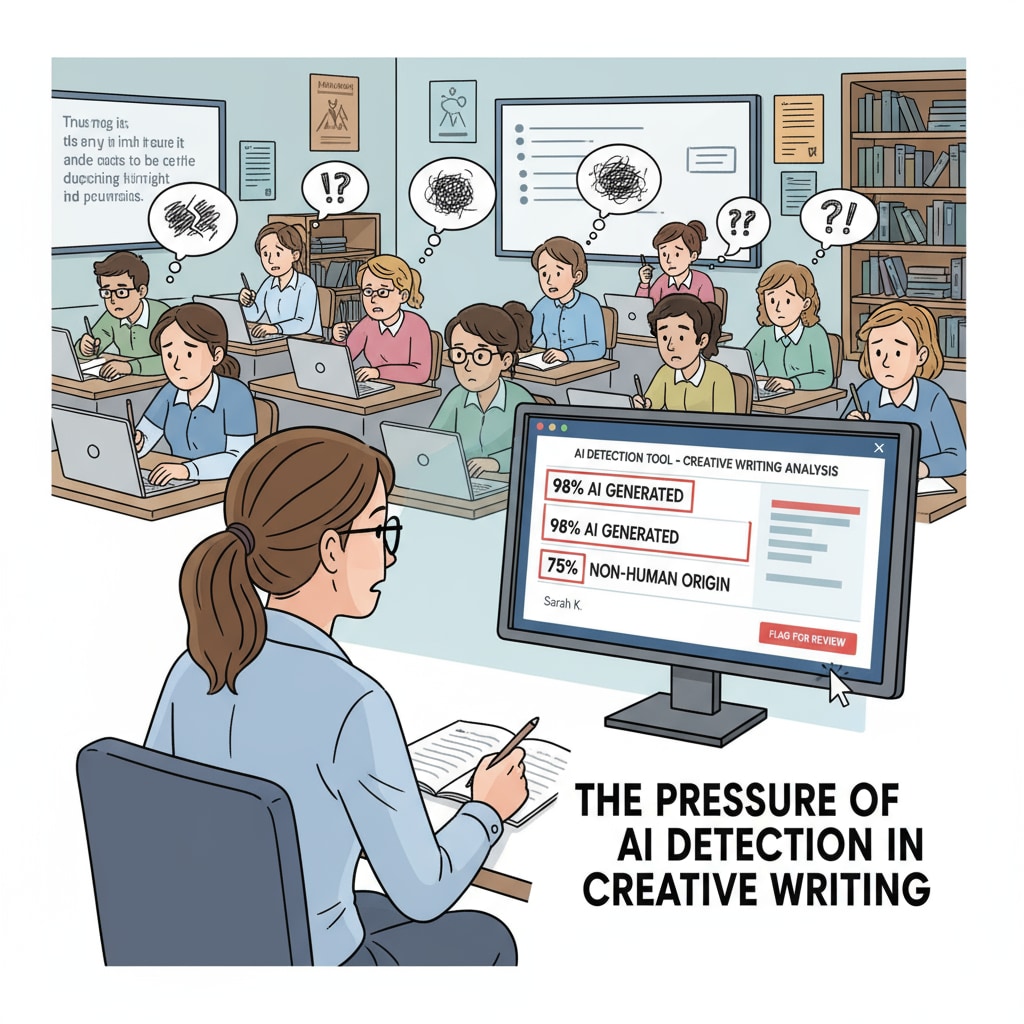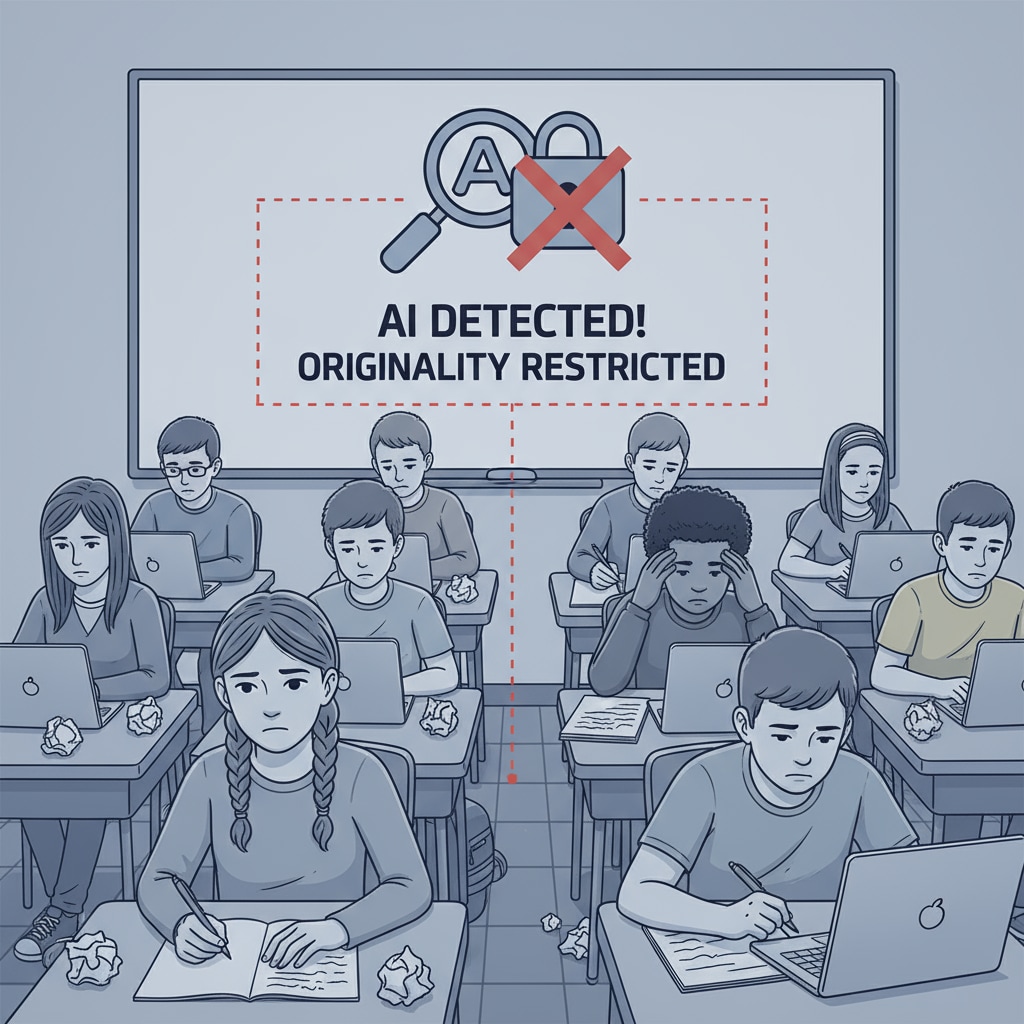In the realm of high school creative writing education, the rise of AI detection tools has introduced a complex dynamic that significantly impacts student creativity. These tools, while intended to combat plagiarism, are having unforeseen negative consequences.

The Suppression of Original Thinking
One of the most detrimental effects is the suppression of students’ original thinking. AI detection tools operate on algorithms that look for patterns and similarities. As a result, students may be discouraged from exploring unique ideas and writing styles. For example, if a student uses an unusual phrase or a creative approach that happens to match something in the vast database the tool is comparing against, they could be wrongly flagged. This fear of being misjudged makes students play it safe, sticking to conventional and unoriginal writing, thus stifling their creativity. According to Education.com, creativity in education is crucial for students’ future success, and these AI detection tools are putting that at risk.
The Restriction of Expressive Freedom
AI detection also restricts students’ expressive freedom. Writing is a form of self-expression, and students should be able to convey their thoughts and emotions freely. However, the omnipresence of AI detection tools makes them feel like they are under constant surveillance. They may avoid using certain words or expressions that they fear could trigger a false positive. This not only limits their ability to express themselves authentically but also undermines the essence of creative writing. As stated on TeachThought, expressive freedom is a cornerstone of creative development in students.

In conclusion, while AI detection tools were introduced with good intentions in high school creative writing education, it’s clear that they are having a significant negative impact on student creativity. It’s time for educators to reevaluate the use of these tools and find a better balance between maintaining academic integrity and fostering students’ creative growth.
Readability guidance: This article uses short paragraphs and lists to summarize key points. Each H2 section provides a clear list of ideas. The passive voice and long sentences are kept to a minimum, and transition words like ‘for example’ and ‘as a result’ are used throughout to enhance readability.


